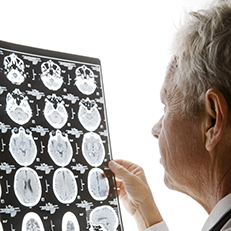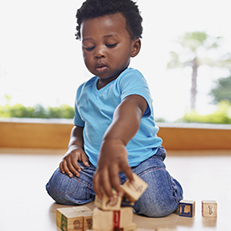
Phone: 212 520 1686
Email: info@yourcpf.org
DIAGNOSIS

Most children with cerebral palsy are diagnosed during the first 2 years of life. But if a child’s symptoms are mild, it can be difficult for a doctor to make a reliable diagnosis before the age of 4 or 5.
BRAIN IMAGING TECHNIQUES

MOST
CHILDRENARE DIAGNOSED DURING
THE FIRST
TWO YEARS
OF LIFE
Neuroimaging techniques that allow doctors to look into the brain (such as an MRI scan) can detect abnormalities that indicate a potentially treatable movement disorder. Neuroimaging methods include:
- Magnetic resonance imaging (MRI) uses a computer, a magnetic field, and radio waves to create an anatomical picture of the brain’s tissues and structures. An MRI can show the location and type of damage and offers finer levels of details than CT. Some metabolic disorders can masquerade as CP. Most of the childhood metabolic disorders have characteristic brain abnormalities or malformations that will show up on an MRI.
- Cranial ultrasound uses high-frequency sound waves to produce pictures of the brains of young babies. It is used for high-risk premature infants because it is the least intrusive of the imaging techniques, although it is not as successful as computed tomography or magnetic resonance imaging at capturing subtle changes in white matter—the type of brain tissue that is damaged in CP.
- Computed tomography (CT) uses x-rays to create images that show the structure of the brain and the areas of damage.
- An electroencephalogram is another test that uses a series of electrodes that are either taped or temporarily pasted to the scalp to detect electrical activity in the brain. Changes in the normal electrical pattern may help to identify epilepsy.
EVALUATION

Doctors will order a series of tests to evaluate the child’s motor skills. During regular visits, the doctor will monitor the child’s development, growth, muscle tone, age-appropriate motor control, hearing and vision, posture, and coordination, in order to rule out other disorders that could cause similar symptoms. Although symptoms may change over time, CP is not progressive. If a child is continuously losing motor skills, the problem more likely is a condition other than CP—such as a genetic or muscle disease, metabolism disorder, or tumors in the nervous system.
Lab tests can identify other conditions that may cause symptoms similar to those associated with CP.
Referrals to specialists such as a child neurologist, developmental pediatrician, physiatrist, ophthalmologist, or otologist aid in a more accurate diagnosis and help doctors develop a specific treatment plan.







